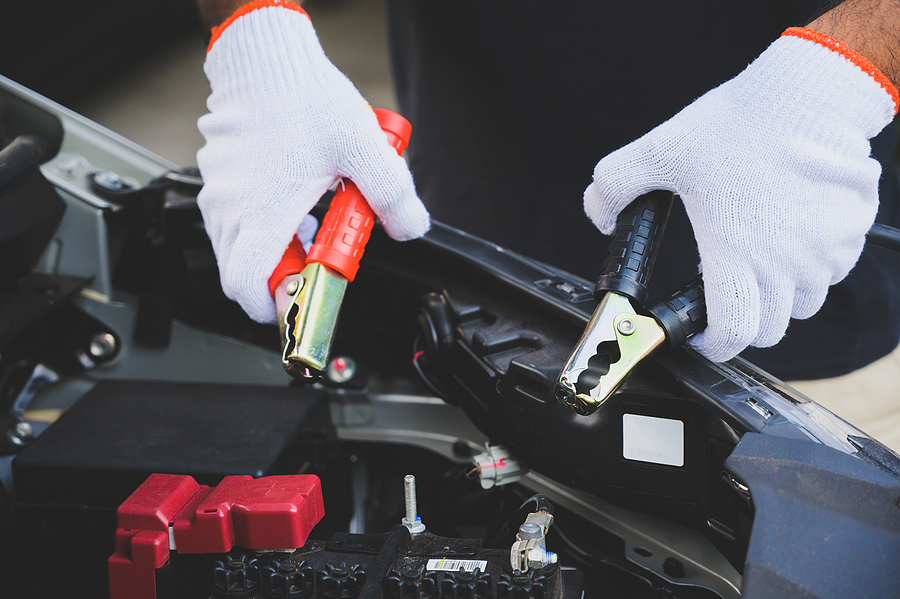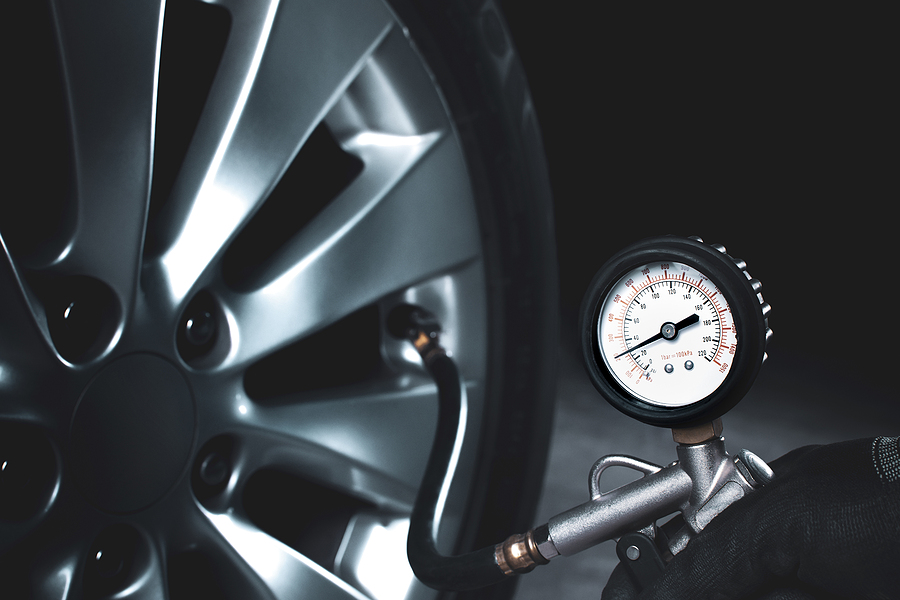Roadside assistance services are a fantastic convenience for all drivers of all ages, but even more so for adolescents just starting out. Roadside assistance offers services for flat tires, dead batteries, overheating engines, fuel assistance, and more. When your car or truck battery runs out of juice while driving, you can simply contact one of these roadside services for a jump start, or you can facilitate the jump start yourself. All you need is a set of jumper cables and another working vehicle, or perhaps a new battery, and you can restart your car or truck on your own.
Continue reading for the ultimate quick-guide to jump starting a dead car battery!

Roadside Emergency Equipment and Kits
Emergency roadside assistance kits typically contain items such as jumper cables, road cones, flares, jacks, blankets, cell phones, and more, and can be purchased almost anywhere. It is highly recommended to purchase and carry one of these emergency kits for yourself or your teenage driver. They come in a small, convenient case that can easily fit in the trunk or backseat of any vehicle. Once you have the items you need to jump start a dead car battery, you can rest comfortably knowing you’re prepared. Next, you simply need to review the instructions on how to jump start a battery.
Car Battery Life
Car batteries typically last anywhere from three to five years, depending on the make and model vehicle, the age of the vehicle, and the condition it was kept in. It may also depend in the number of miles driven, overtime. Car batteries run on battery fluid, and this fluid eventually runs out, causing the battery to die. There are other reasons why a car battery can die, too.
Exposure to extreme temperatures can cause a car battery to die, as well as, leaving the lights on for an extended period of time when the car is not in use. Other instances when a car battery might not be functional is when a vehicle has not been driven in a long time. No matter which reason causes your car battery to die, some cases will call for a battery replacement altogether, while others will simply require a quick jump start.
Jump Start Guide:
Position the operational vehicle’s engine close to the dead vehicle’s engine so jumper cables can reach both.
Turn both vehicles off and remove keys from ignition.
Locate the car batteries for each vehicle.
Attach the negative and positive jumper cable clamp to the matching negative and positive sides of each battery (refer to owner’s manual to identify these areas).
Place the red positive clamps on the positive side of each vehicle’s battery and place the black negative clamps on the negative sides of each vehicle’s battery.
Be sure the clamps are secured, and the cables are not touching the engines.
Return the keys to the operational vehicle’s ignition and turn the engine on.
Allow the operational vehicle to run for 5 or 6 minutes.
With the jumper cables still secured, return the keys to the charging vehicle, and turn the engine on; the engine should turn on if the battery is charged enough.
If the engine does not turn over, keep the jumper cables in place and allow the battery to charge for another 5 minutes.
If the engine turns on, still allow the cables to charge the battery a few minutes longer.
If the engine does not start after charging the battery for more than 10 minutes, call a mechanic.
Before removing the jumper cables, turn both engines off (failure to do so will result in serious or fatal electrocutions).
Close the hood because now your battery is charged again!
Would you like some professional advice on luxury and import car battery care? Contact Autohaus Dierolf at 317-571-0800 for trusted assistance with car battery and auto electrical repair in Carmel, Indiana. We also sell refurbished used auto parts for European cars.
Related Posts:
Top 3 Things You Need to Know About Your Car Battery
Car Care Tips for Import Vehicles
Top 4 Car Maintenance Services That Keep You Safe

